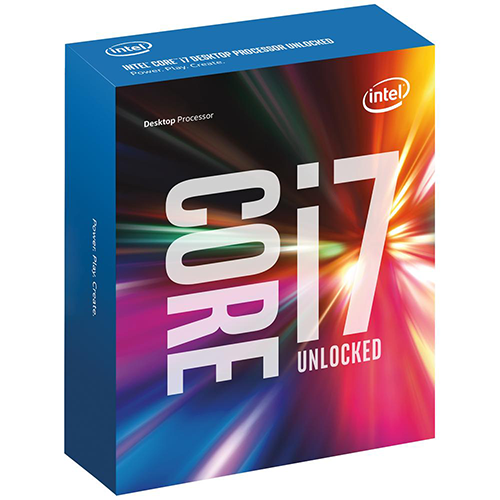Conclusion
We continue to have the distinct feeling that Intel is in no rush to genuinely advance desktop quad-core computing because it has no need to do so....The next generation of Intel desktop CPUs is launching in January 2017. Known as Kaby Lake and already in the wild in the mobile space, they represent, on first glance, the diminishing performance uplifts that enthusiasts have now become accustomed to.
Additional CPU-centric benchmark uplift is achieved by enhanced frequency alone, made possible by a reworking of the 14nm fabrication process, and the headroom potential is maintained when overclocking. A boon for those that want that magical 5GHz on air, no doubt.
There are a number of improvements to the media processing, however, bringing Kaby Lake right up to date, yet we continue to have the distinct feeling that Intel is in no rush to genuinely advance desktop quad-core computing because it has no need to do so. Rather, focus is on offering the most complete mobile and server chips in the market.
Considering the broader landscape, pausing the microarchitecture between generations offers AMD a real chance to get back into the premium game with its upcoming Zen CPUs. Intel's last great desktop processsor was the venerable Sandy Bridge, released almost six years ago; Kaby Lake is merely that architecture polished to the nth degree.
HEXUS.where2buy*
TBC.
HEXUS.right2reply
At HEXUS, we invite the companies whose products we test to comment on our articles. If any company representatives for the products reviewed choose to respond, we'll publish their commentary here verbatim.
*UK-based HEXUS community members are eligible for free delivery and priority customer service through the SCAN.care@HEXUS forum.














